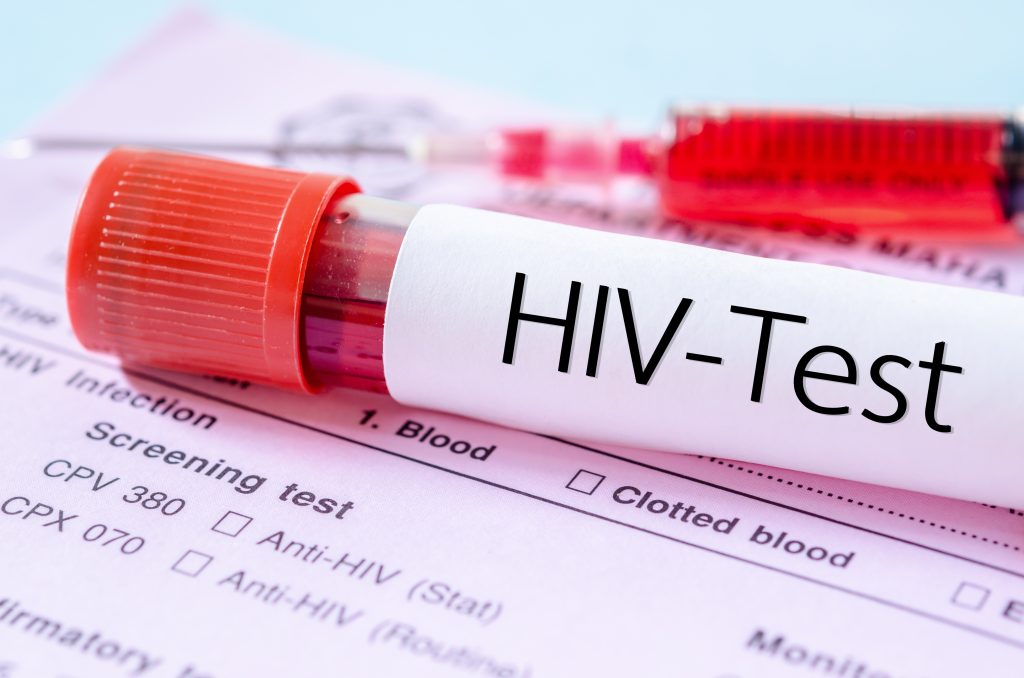A new report by the United Nations International Children’s Emergency Fund (UNICEF) reveals that globally, 71 percent of new HIV infections among adolescents aged 10–19 years are among girls. The report underscores major gaps in basic HIV prevention and supportive sexual and reproductive health programmes for adolescent girls and young women, attributing these challenges to long-standing gender inequalities, discrimination, marginalisation, and denial of rights, compounded by poverty and violence.
In sub-Saharan Africa, HIV prevalence among adolescent girls and young women remains over three times higher than their male counterparts, highlighting the persistence of gender disparities. The report indicates that every day, 384 adolescent girls (10–19 years) are infected with HIV, 356 children aged 0–14 years are newly infected, and 271 children and adolescents from 0–19 years die from AIDS-related causes.
The report points out that adolescents represent a growing share of people living with HIV worldwide, with 1.7 million adolescents between the ages of 10 and 19 living with HIV in 2022. Although there has been a decline in new HIV infections among adolescent girls and young women (47 percent fewer in 2022 compared to 2010), the global target to end new HIV infections among this group by 2030 is not on track.
In sub-Saharan Africa, where the majority of the global burden of HIV is concentrated, 33 percent of older adolescents (15–19 years) newly infected with HIV lived outside the region in 2022. The report also notes an increase in the number of young people living with HIV in the Middle East and North Africa region since 2010.
Stigma, discrimination, societal inequalities, and violence are identified as factors sabotaging efforts to protect adolescents and young people from HIV and other health threats. Young, key populations are particularly vulnerable.
Dr. Aliyu Gambo, the Director-General of the National Agency for the Control of AIDS, expressed optimism about the country’s progress towards achieving the 2030 target, stating that Nigeria is moving closer to the estimated goals. He expressed hope that the country could reach the expected milestones by 2025, five years earlier than the 2030 target.

